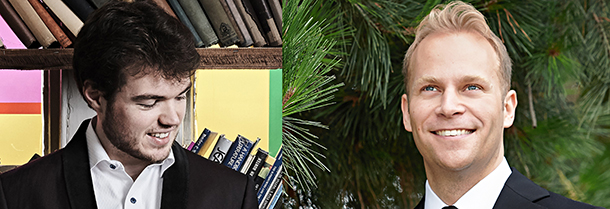Author: VRS
-
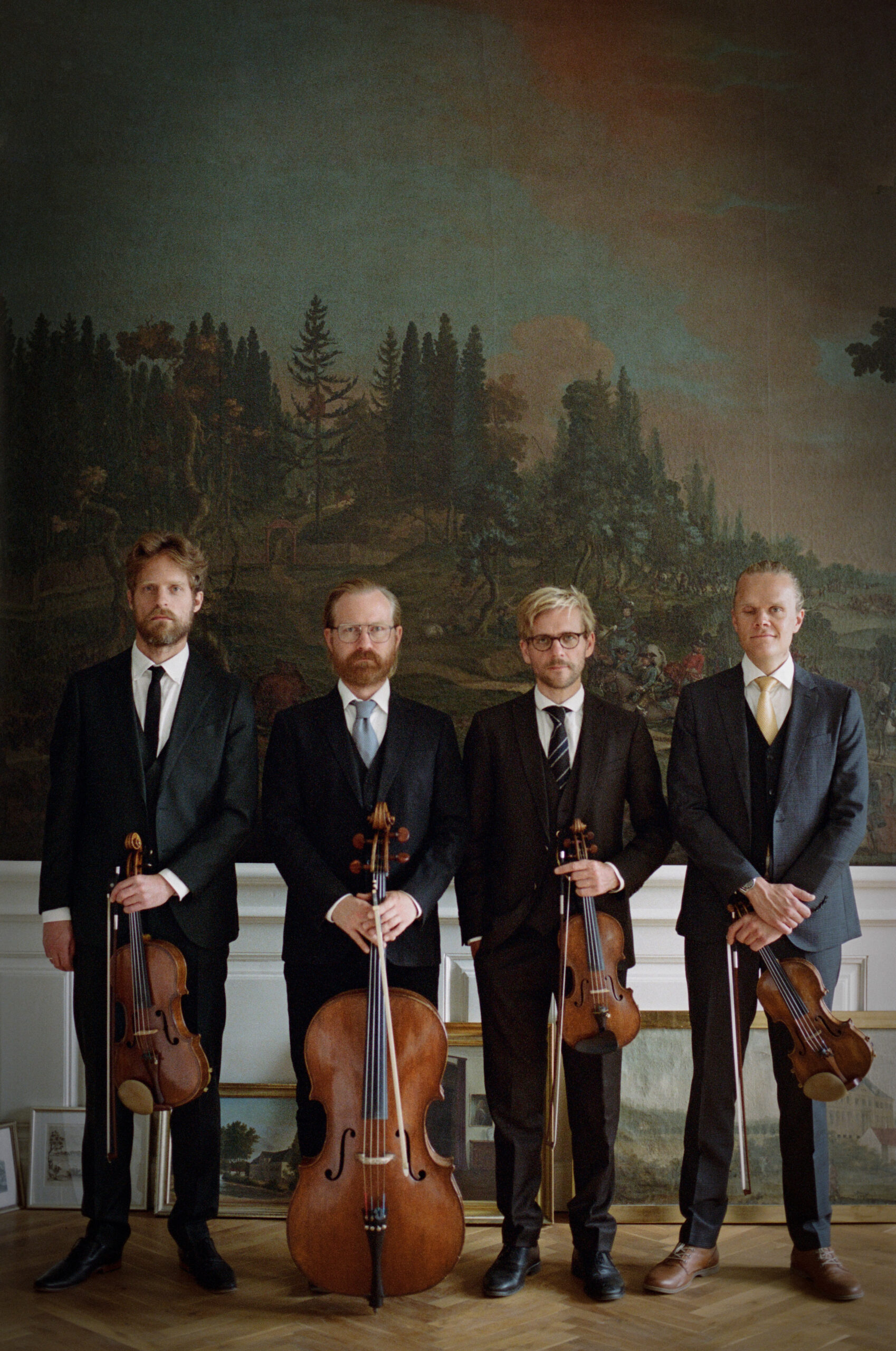
-
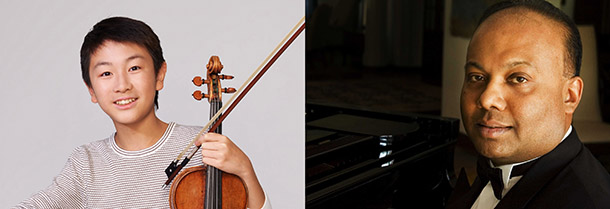
-
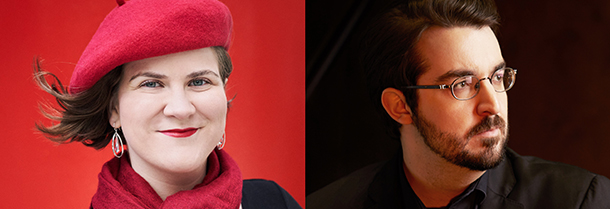
-
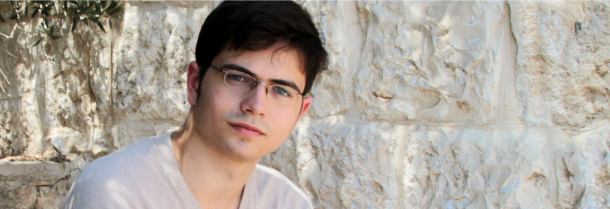
-
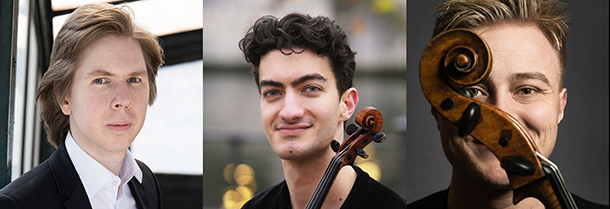
-

NOTICE OF THE VANCOUVER RECITAL SOCIETY’S AGM
The Board of Directors of the Vancouver Recital Society hereby gives notice that the Annual General meeting of the Society will be held online, via ZOOM (details below) on the 22nd day of February, 2024 at 5:30pm for the following purposes: To receive the report of the directors to the members. To receive the financial…
-
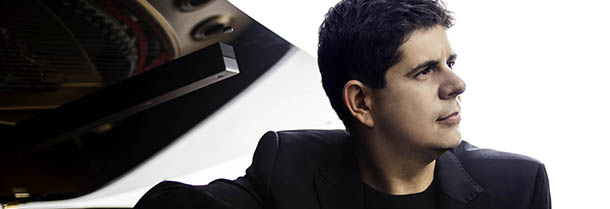
-

-

-
